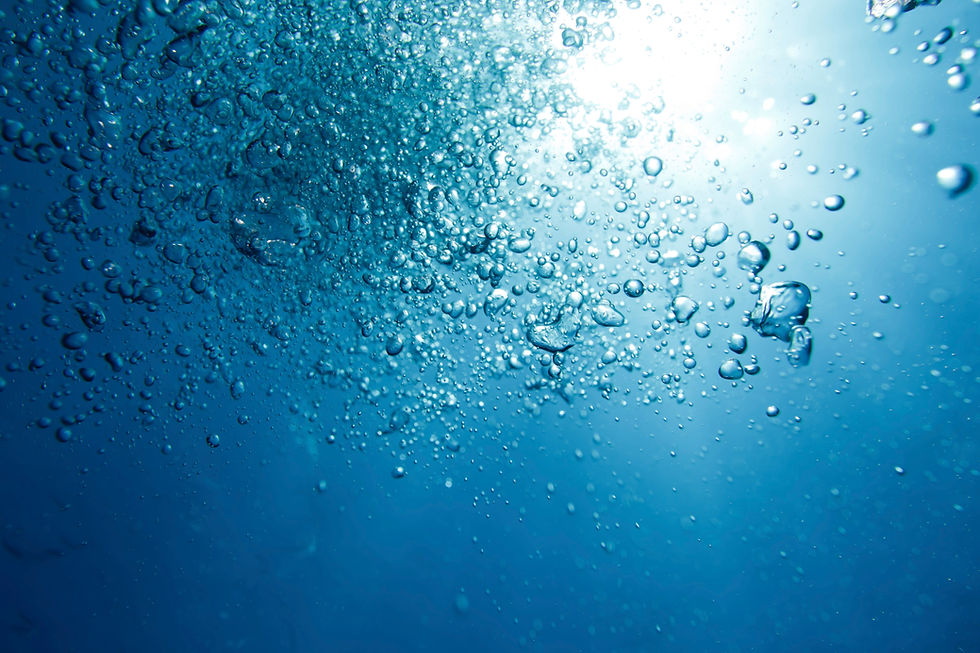The Benefits of Float Therapy & Contrast Therapy for Athlete Performance and Recovery
- Rebecca Nolan Harris, PhD

- Apr 11
- 2 min read
Updated: Apr 16
The Benefits of Float Therapy & Contrast Therapy for Sport Performance and Recovery
Float therapy and contrast therapy are powerful tools for athletes seeking to optimize performance and enhance recovery. Both modalities leverage physiological responses to promote muscle relaxation, reduce inflammation, and improve mental focus. Let’s explore how these therapies benefit athletic performance and recovery.

Float Therapy for Athletes
Float therapy, also known as sensory deprivation or REST (Restricted Environmental Stimulation Therapy), is an effective recovery method that immerses the body in a warm, magnesium-rich solution, eliminating external stimuli. Athletes experience a range of benefits, including:
1. Muscle Recovery & Pain Reduction
Magnesium Absorption: Epsom salt (magnesium sulfate) helps relax muscles, reduce cramps, and accelerate recovery from intense training sessions.
Anti-Gravity Effects: Floating removes gravitational pressure, alleviating joint and spinal compression, and reducing muscle soreness.
Decreased Lactic Acid Buildup: Studies suggest that floating enhances circulation, helping to flush out metabolic waste and lactic acid.
2. Improved Mental Performance
Neural Recovery & Focus: Float therapy has been shown to increase theta brainwave activity, which improves mental clarity, reaction time, and cognitive processing.
Reduced Stress & Anxiety: By lowering cortisol and increasing endorphin production, floating helps athletes manage pre-competition nerves and post-game stress.
Enhanced Sleep Quality: Deep relaxation in the float tank contributes to improved sleep patterns, which are essential for muscle repair and cognitive function.
Contrast Therapy for Athletes
Contrast therapy involves alternating between cold and hot treatments, such as ice baths followed by infrared sauna sessions. This method leverages temperature-induced physiological changes to boost circulation and recovery.
1. Enhanced Circulation & Reduced Inflammation
Cold Exposure (Cold Plunge): Causes vasoconstriction (narrowing of blood vessels), reducing inflammation and muscle swelling.
Heat Therapy (Infrared Sauna): Causes vasodilation (widening of blood vessels), increasing oxygen-rich blood flow to tissues.
Pumping Effect: Alternating between hot and cold creates a "vascular flush," helping to remove metabolic waste and speed up muscle repair.
2. Pain Management & Recovery Acceleration
Reduced Muscle Soreness: Cold therapy numbs nerve endings, reducing pain perception, while heat therapy soothes stiff muscles.
Faster Healing of Microtears: The combination of vasoconstriction and vasodilation promotes nutrient delivery and tissue repair.
Improved Flexibility & Mobility: Heat exposure relaxes muscles and increases range of motion, helping to prevent injuries.
Optimizing Recovery with Float & Contrast Therapy
Athletes can integrate both therapies into their training regimen:
Post-Workout: A 60-minute float session can enhance muscle recovery and mental clarity.
Game Day Prep: Float therapy the day before competition reduces anxiety and improves focus.
Contrast Therapy Sessions: Two to three times per week can aid in long-term recovery, injury prevention, and performance enhancement.
Conclusion: Elevating Athletic Performance with Recovery Science
Both float therapy and contrast therapy provide scientifically backed benefits for athletes looking to recover faster, reduce inflammation, and improve mental and physical resilience. Incorporating these therapies into a structured training program can give athletes the edge needed to perform at their best. Book a session today and experience the recovery advantage!










Comments